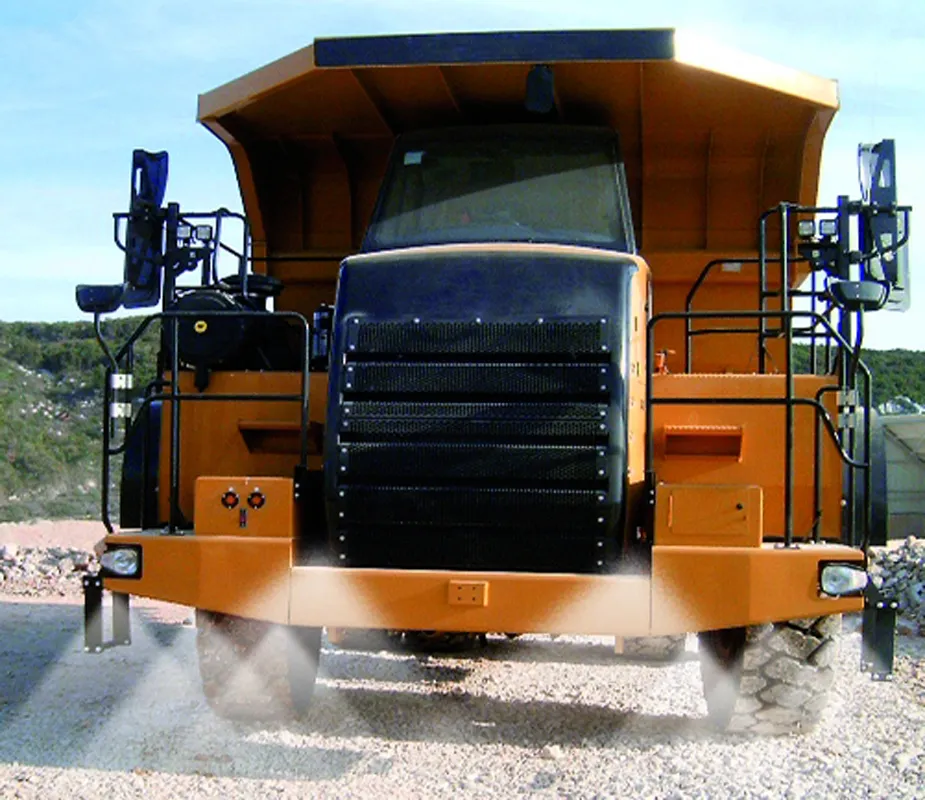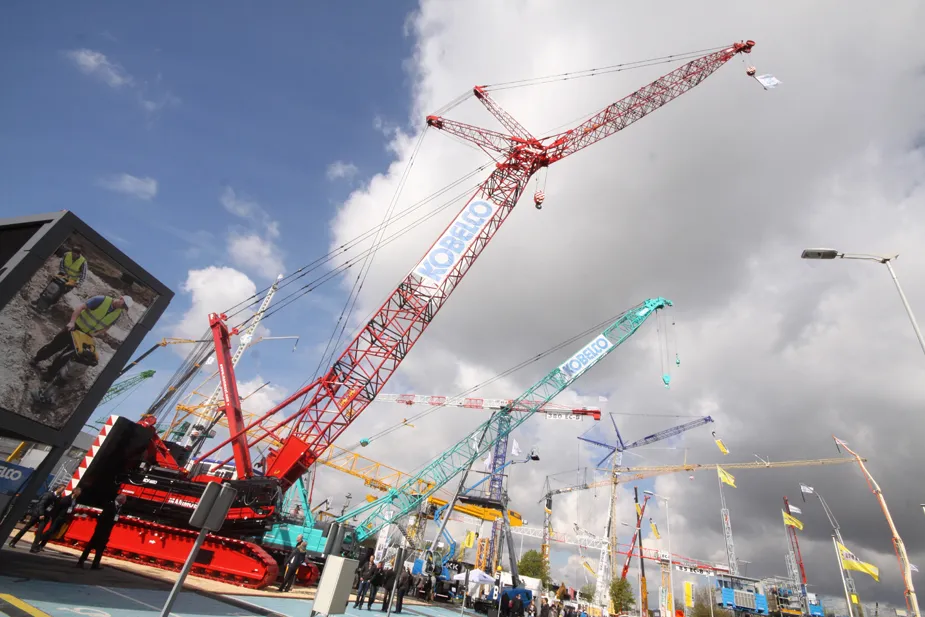On-board dust suppression for dumptrucks has been introduced by Hydrokit. Water spraying takes place in front of the truck as it drives in dusty situations such as quarries.
February 3, 2012
Read time: 1 min

On-board dust suppression for dumptrucks has been introduced by 2151 Hydrokit. Water spraying takes place in front of the truck as it drives in dusty situations such as quarries.
The dump truck is fitted with a water tank and pump powered by hydraulics on the machine. Water from the tank is sprayed in front of the truck via 10 nozzles across a spray width of approximately 5.5m. The spray bar is located under the machine for better protection.
Hydrokit said that advantages include better visibility on the site and reduced clogging of the engine’s filters. The driver does not have to get out of the machine to fill the on-board water reservoir. Filling takes less than 10 minutes and the system features a self-priming pump. Filling has been designed to be easy. The filling pipe is connected and two valves are tuned. It stops automatically at the end of the filling process.
The water reservoir holds 3,000litres, depending on the dumper type. The water sprayer kit is designed to avoid the production of mud. The volume of water dispensed ranges from 0.5 to 0.6litres/minute at 10km/h and 0.36 to 0.4litres/minute at 15km/h. Pressure is 4bar.
2 Internal 2 4824 0 oLinkInternal <span class="oLinkInternal"><span class="oLinkInternal">View more videos</span></span> Video false /event-news/intermat-2012/video/ true false %>
The dump truck is fitted with a water tank and pump powered by hydraulics on the machine. Water from the tank is sprayed in front of the truck via 10 nozzles across a spray width of approximately 5.5m. The spray bar is located under the machine for better protection.
Hydrokit said that advantages include better visibility on the site and reduced clogging of the engine’s filters. The driver does not have to get out of the machine to fill the on-board water reservoir. Filling takes less than 10 minutes and the system features a self-priming pump. Filling has been designed to be easy. The filling pipe is connected and two valves are tuned. It stops automatically at the end of the filling process.
The water reservoir holds 3,000litres, depending on the dumper type. The water sprayer kit is designed to avoid the production of mud. The volume of water dispensed ranges from 0.5 to 0.6litres/minute at 10km/h and 0.36 to 0.4litres/minute at 15km/h. Pressure is 4bar.
%$Linker:







